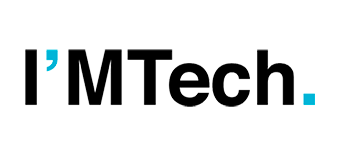CEREBRO: towards complete non-invasive imaging of brain activity
The aim of the European CEREBRO project is to create the first electrical contrast medium to provide complete non-invasive images of the brain. Current methods for imaging brain activity using electroencephalography are limited in terms of spatial resolution, and do not cover the whole brain. The product to be developed by CEREBRO is designed to overcome these limitations. IMT Atlantique researchers Adrien Merlini and François Rousseau reveal the details of this project.

